Optical Wells for Super-Photons Could be Forerunner of Quantum Circuits
source:photonics
release:Nick
keywords: photonics; optical
Time:2017-09-01
BONN, Germany, Aug. 24, 2017 — Experiments with a “super-photon,” — known as a Bose-Einstein condensate and formed when thousands of photons merge with each other — led scientists to create an optical well that could lead to a novel approach to variable microstructuring in photonics.
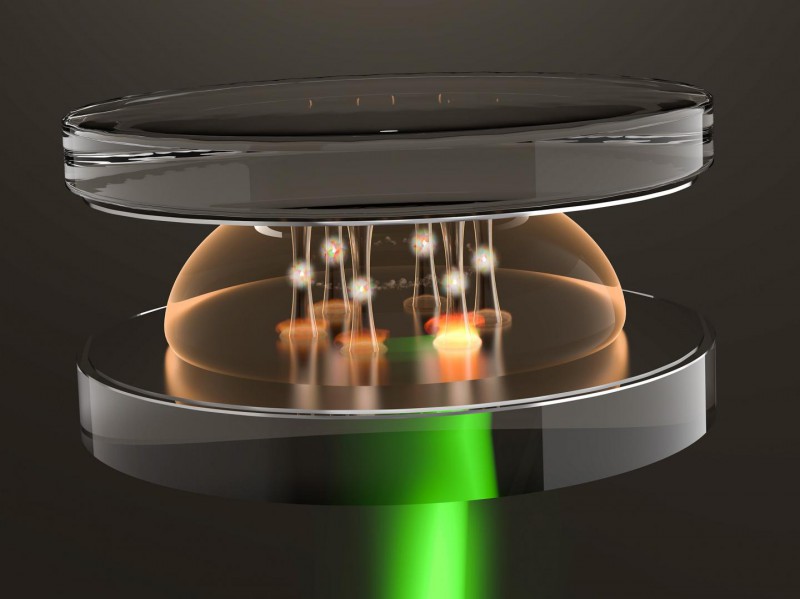
The artist’s rendering shows how potential wells are created for the light in the microresonator through heating with an external laser beam (green). Courtesy of David Dung, Universität Bonn.
In the experimental setup, a laser beam was bounced back and forth rapidly between two mirrors. Researchers placed a dye-polymer solution within an ultrahigh-finesse microcavity between the mirrors, which cooled the laser light, causing the photons to concentrate and form a super-photon.
The refractive index changed depending on the temperature of the dye-polymer solution. The extent of the light path between the mirrors could be varied, in that the polymer could be warmed via a very thin heating layer.
“With the help of various temperature patterns, we were able to create different optical dents,” said professor Martin Weitz.
Although the geometry of the mirror only appeared to warp when the refractive index of the polymer changed at certain points, this had the same effect as a hollow shape. Part of the super-photon flowed into this apparent well. The University of Bonn research team was able to use the device to create different, very low-loss patterns that captured the photonic Bose-Einstein condensate.
“. . . We have built a kind of optical well in various forms, into which the Bose-Einstein condensate was able to flow,” said Weitz.
The team studied the properties of single- and double-well potentials, controlled via the temperature pattern of the polymer, and found the quality of structuring sufficient for thermalization and Bose-Einstein condensation of light. When the light in both optical hollows remained at a similar energy level, the super-photon flowed from one well into the neighboring one.
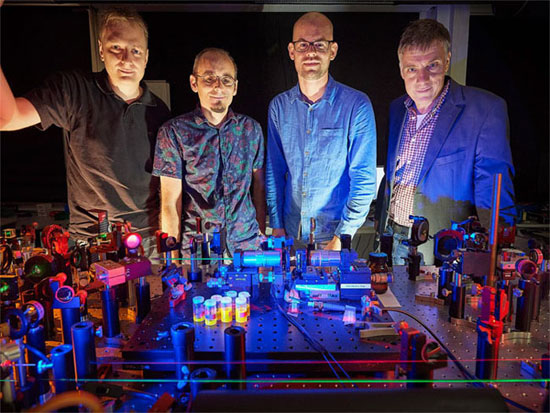
(From left) Tobias Damm, Frank Vewinger, David Dung and Professor Martin Weitz. Courtesy of Volker Lannert/Uni Bonn.
The investigation of effective photon-photon interactions along with the observed tunnel coupling between sites led the team to believe that the system could potentially be used to directly populate entangled photonic many-body states.
“This was a precursor of optical quantum circuits,” said Weitz. “Perhaps even complex arrangements, for which quantum entanglement occurs in interaction with a possible photon interaction in suitable materials, can be produced with this experimental setup.”
Quantum circuits could be used for quantum communication and quantum computers.
“But that’s still a long way off,” said Weitz.
The findings of the team could also be applied to laser development — for example, for lasers for highly precise welding work.
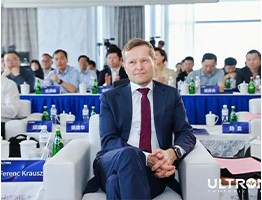 4th Collaboration! What Brought the Global Laser Academic Guru to Chinese Univs & Leading Firms?
4th Collaboration! What Brought the Global Laser Academic Guru to Chinese Univs & Leading Firms?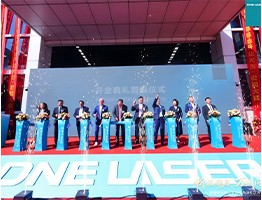 DNE Laser Foshan Smart Manufacturing Base Grand Opening: New Brand Image Starts New Journey
DNE Laser Foshan Smart Manufacturing Base Grand Opening: New Brand Image Starts New Journey Live: DMP GBA Expo – Laser Hard Tech Leads Industrial Smart Manufacturing New Wave
Live: DMP GBA Expo – Laser Hard Tech Leads Industrial Smart Manufacturing New Wave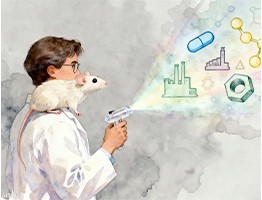 Scientists Develop Palm-sized Short-pulse Laser System: Efficiency Increased to 80%
Scientists Develop Palm-sized Short-pulse Laser System: Efficiency Increased to 80% Global LiDAR Giants Engage in Escalating Patent Wars
Global LiDAR Giants Engage in Escalating Patent Wars
 Shi Lei (Hipa Tech): Focus on Domestic Substitution, Future Layout in High-End Laser Micromachining
Shi Lei (Hipa Tech): Focus on Domestic Substitution, Future Layout in High-End Laser Micromachining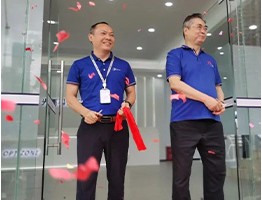 Optizone Technology: 17 Years Devoted to Optics – High-Power Optics Mass-Production Pioneer
Optizone Technology: 17 Years Devoted to Optics – High-Power Optics Mass-Production Pioneer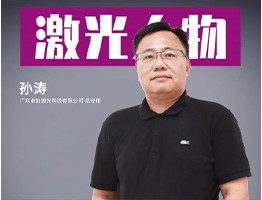 Zhuojie Laser: Breaking barriers via tech breakthroughs, aiming to lead high-end light sources
Zhuojie Laser: Breaking barriers via tech breakthroughs, aiming to lead high-end light sources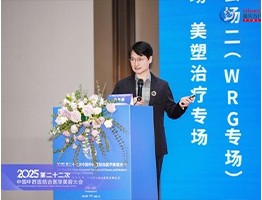 Dr. Sun Linchao: Pioneer and Leader in China's Field of Medical Aesthetic Laser Therapy
Dr. Sun Linchao: Pioneer and Leader in China's Field of Medical Aesthetic Laser Therapy Guo Guangcan, CAS Academician & USTC Professor: Four Decades Chasing Quantum "Light"
more>>
Guo Guangcan, CAS Academician & USTC Professor: Four Decades Chasing Quantum "Light"
more>>
